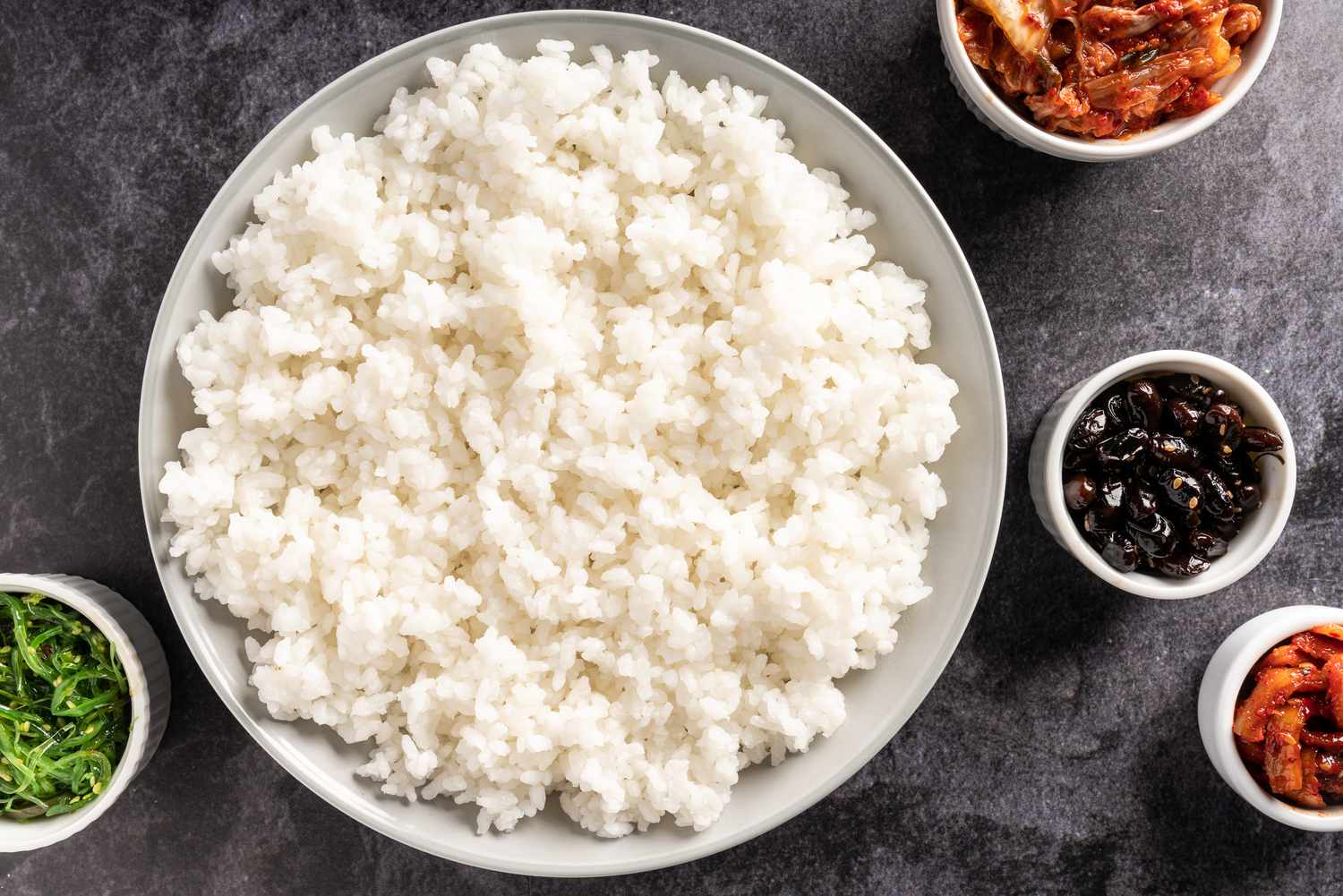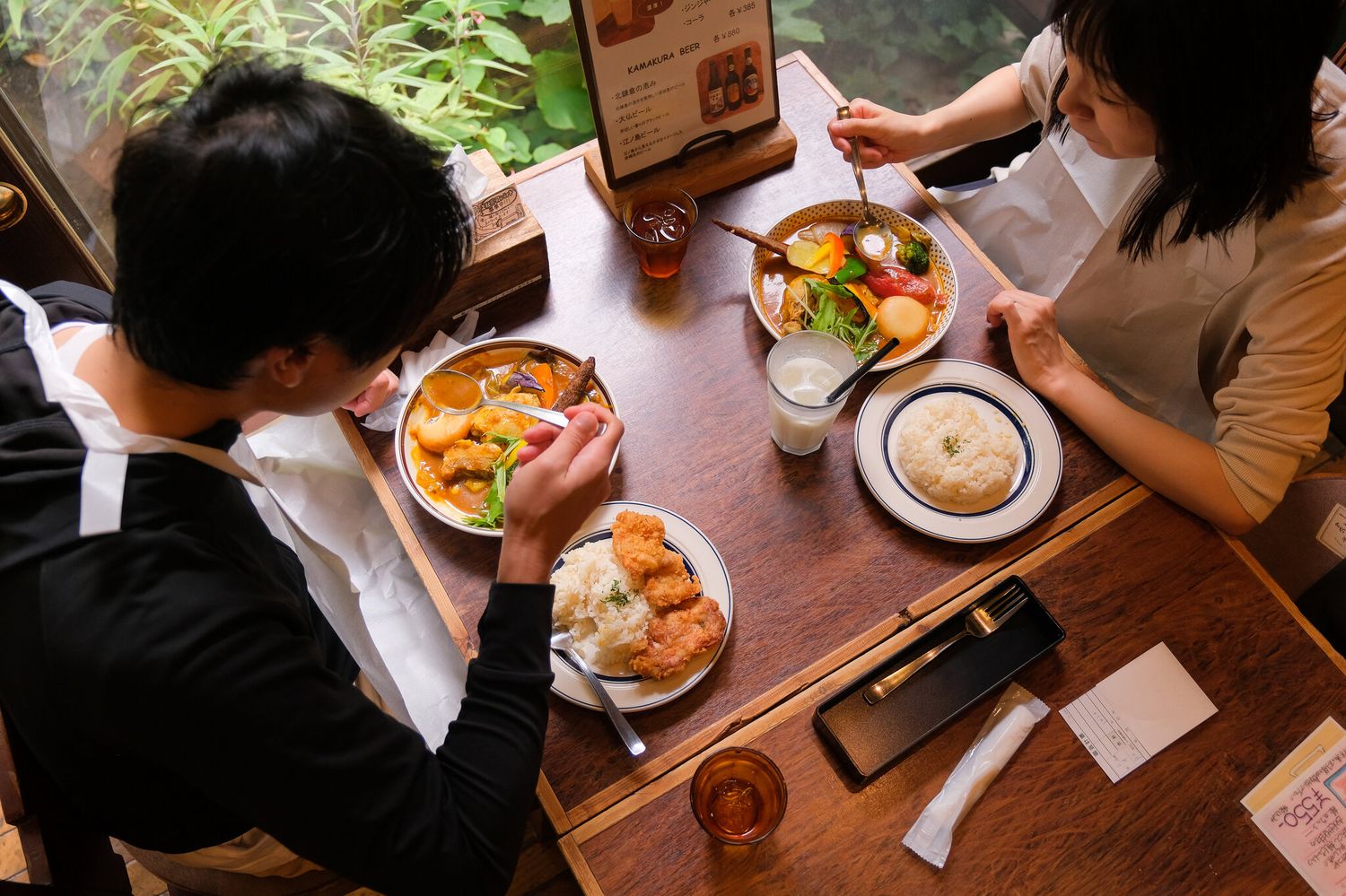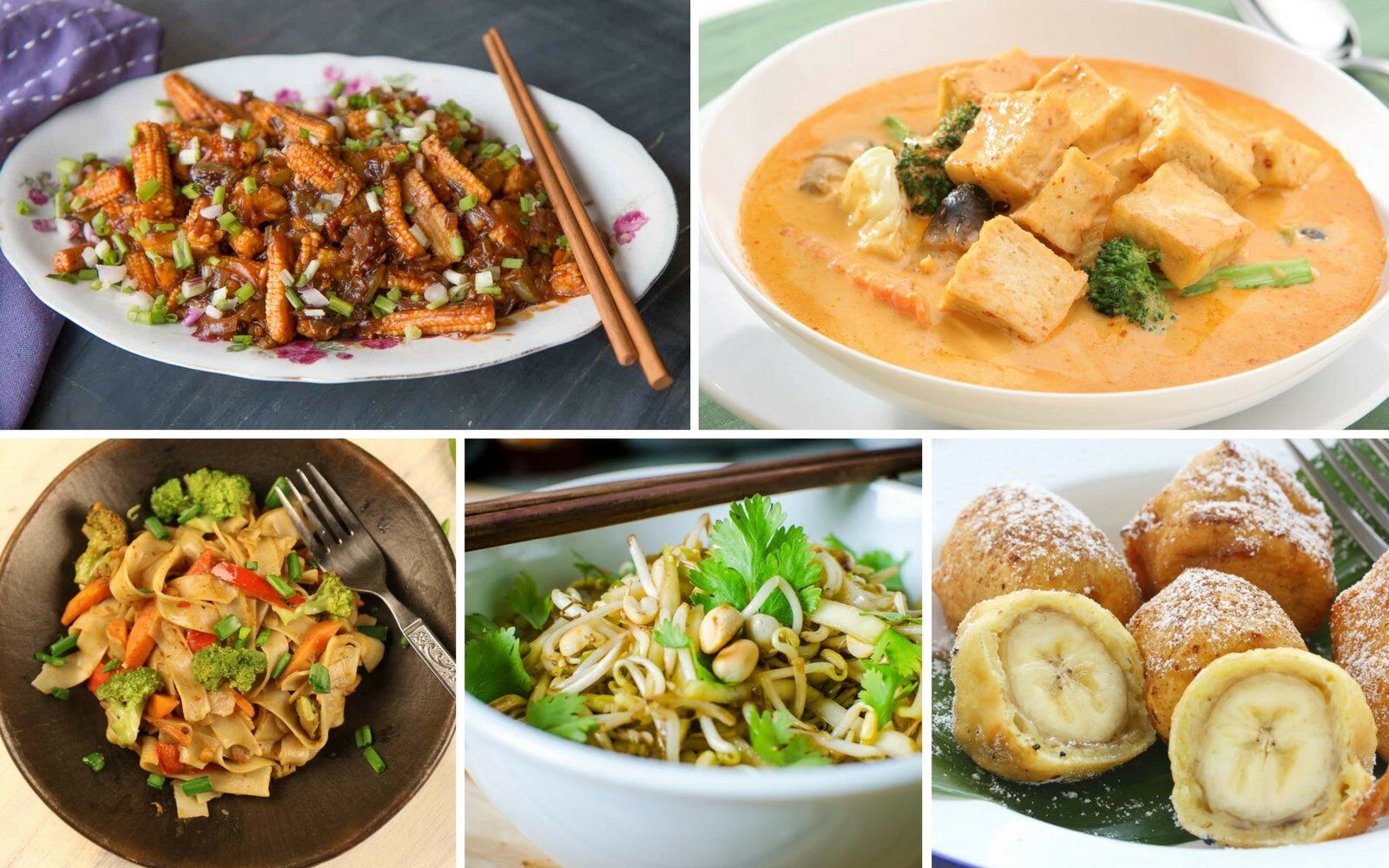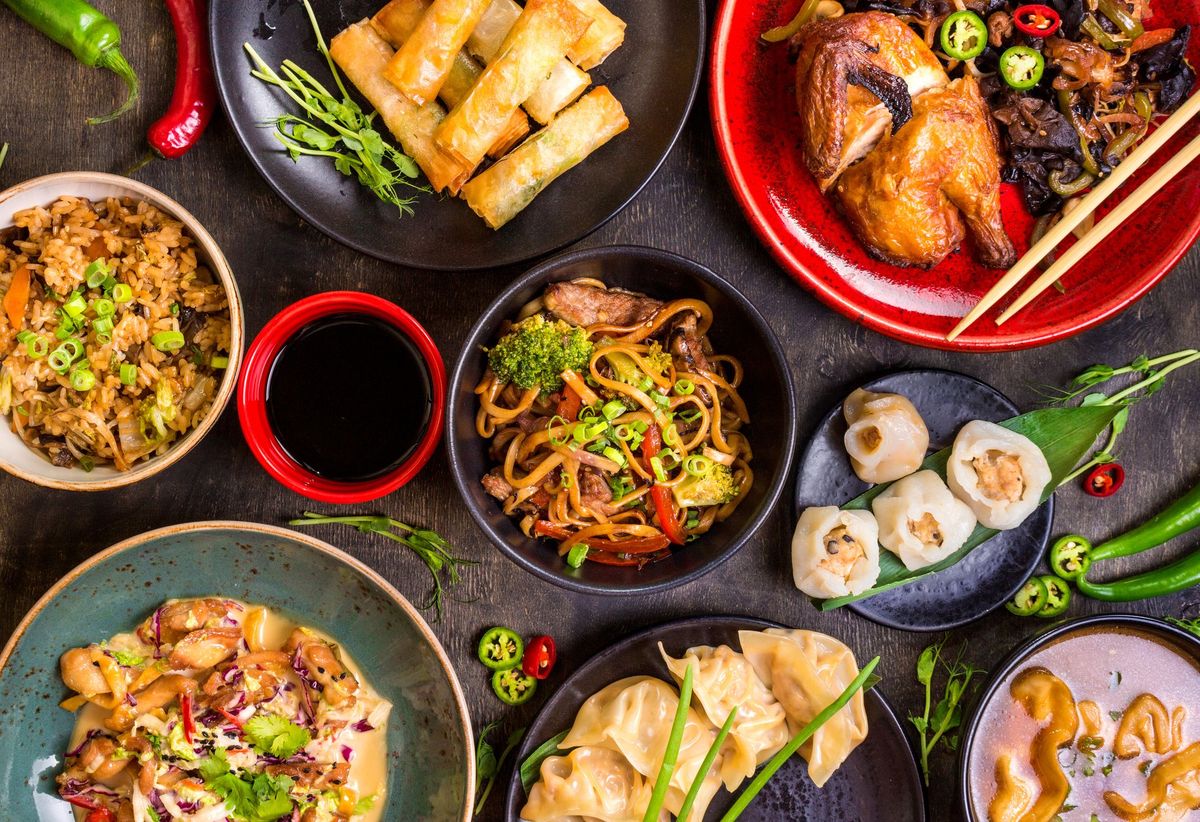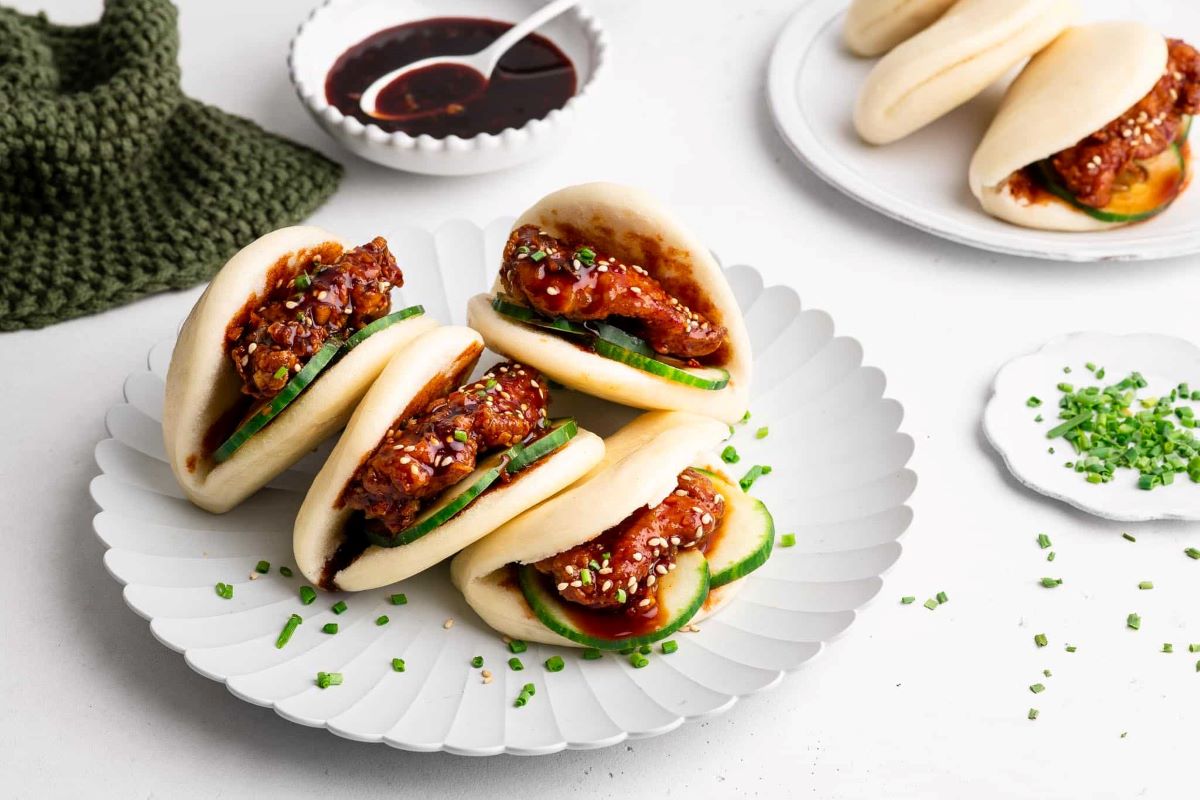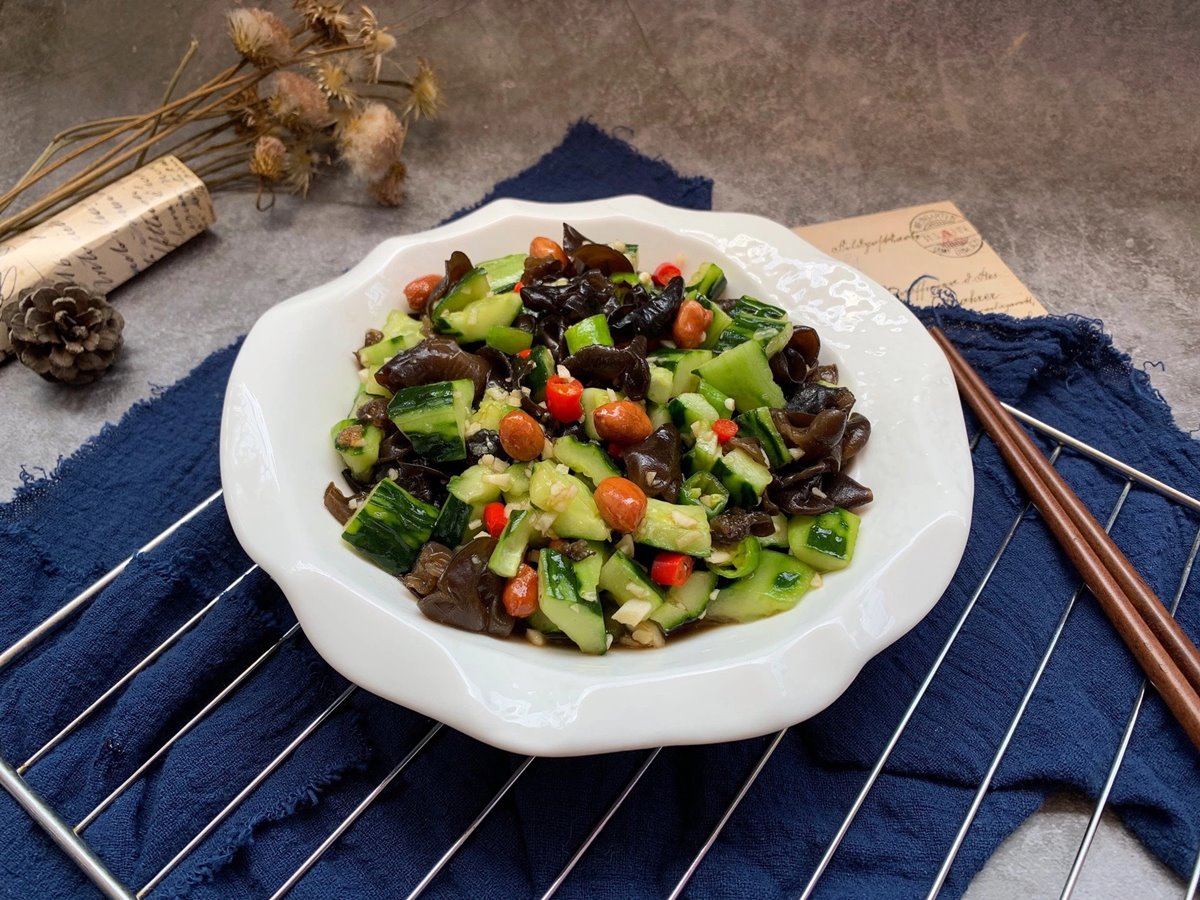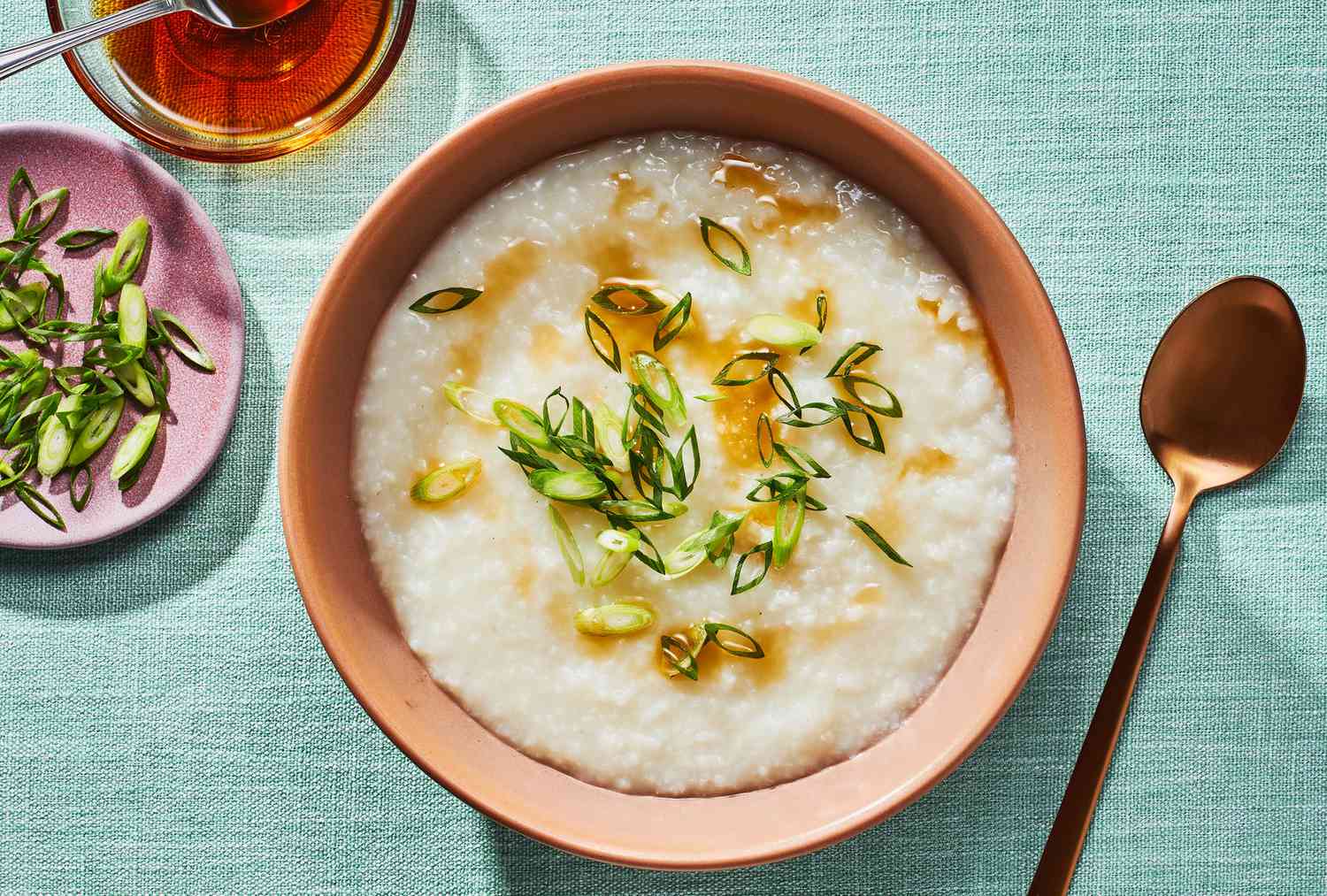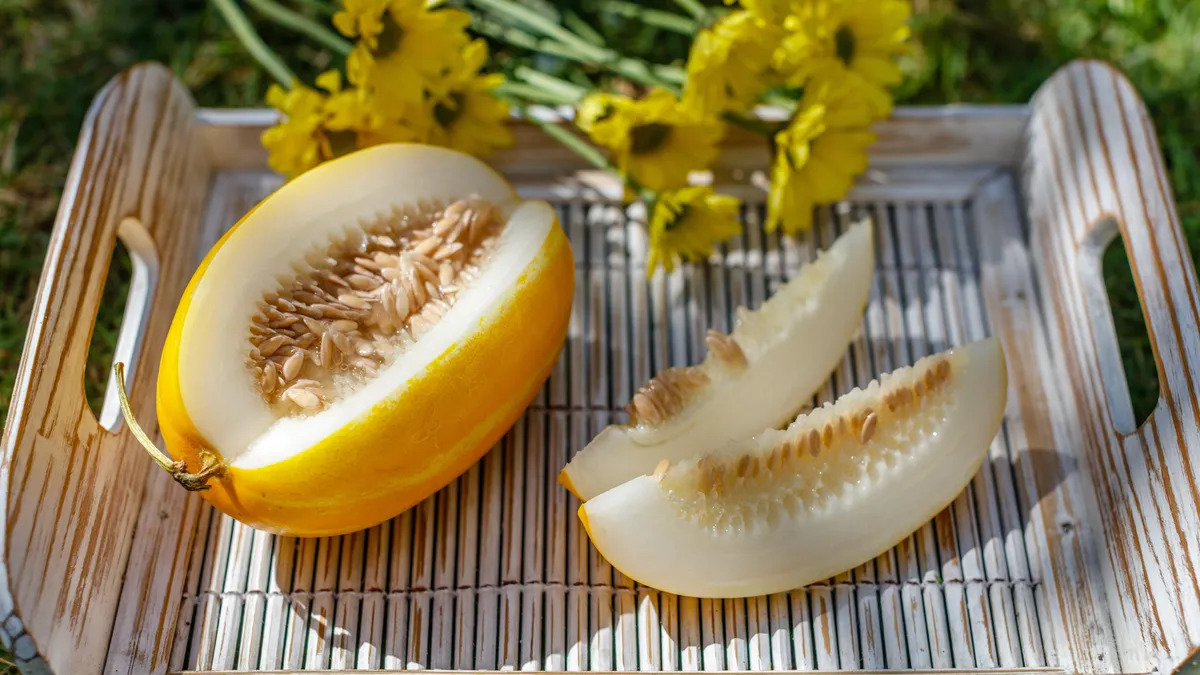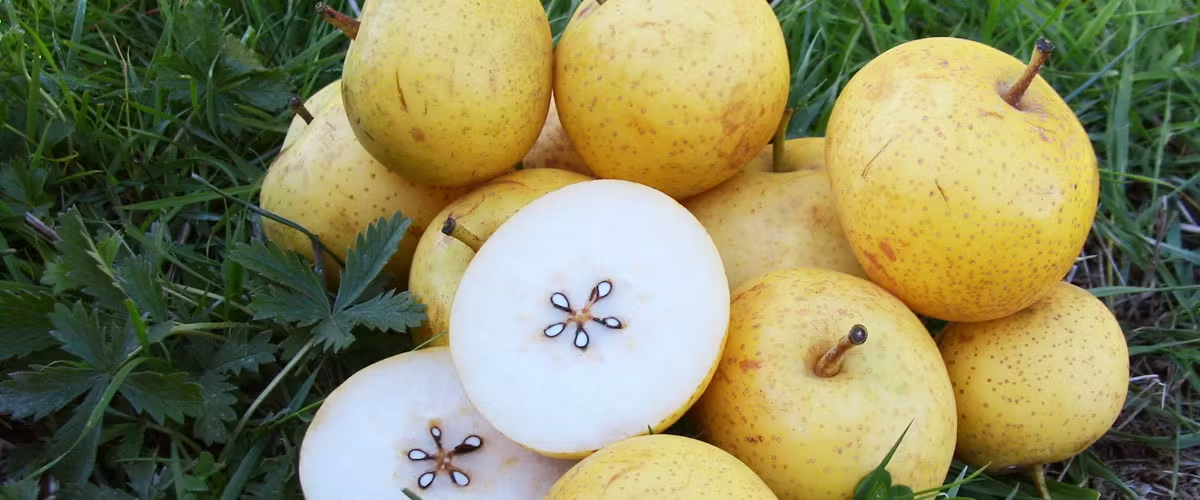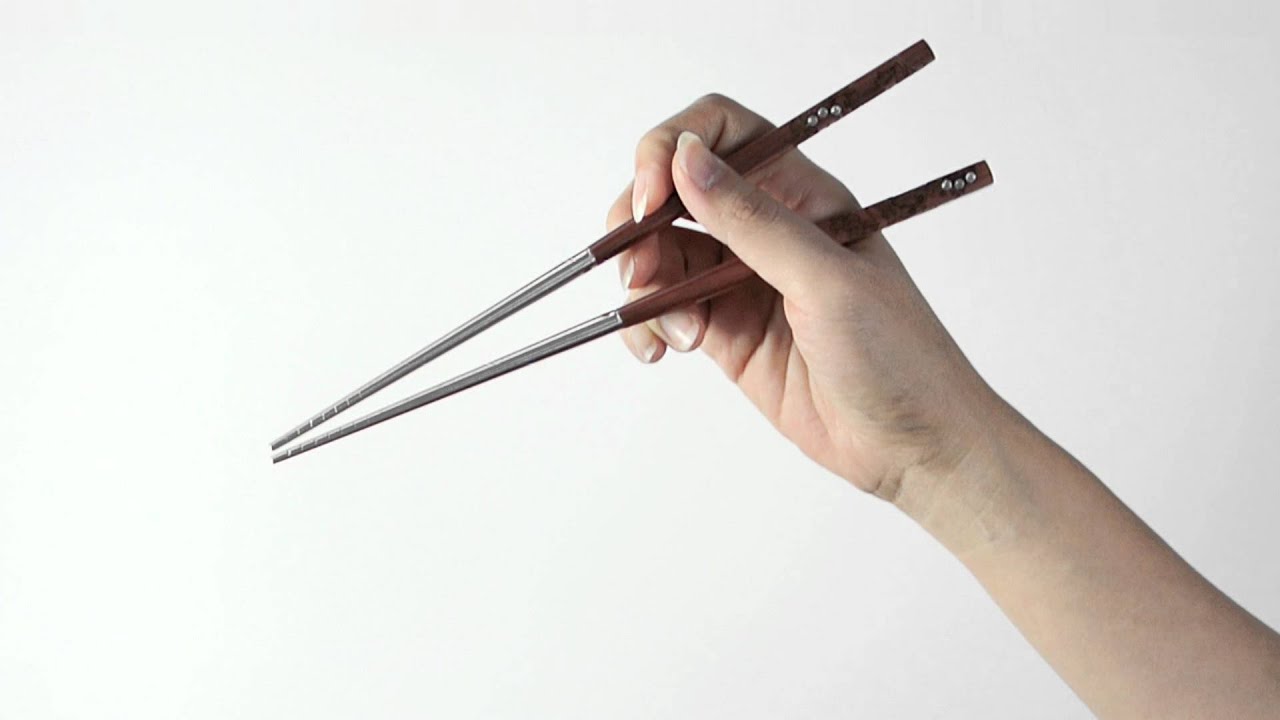Embracing Asian Cuisine: A Guide to Enjoying Asian Food Every Day
Asian cuisine is known for its bold flavors, diverse ingredients, and rich culinary traditions. From savory stir-fries to comforting noodle soups, there’s no shortage of delicious dishes to explore. If you’re a fan of Asian food and want to incorporate it into your daily meals, you’re in luck! With a few simple tips and tricks, you can enjoy Asian food all the time.
Stock Up Your Pantry
One of the keys to eating Asian food regularly is to have a well-stocked pantry. By keeping essential ingredients on hand, you’ll be able to whip up a variety of Asian-inspired dishes whenever the craving strikes. Some must-have items for your Asian pantry include:
- Rice: Whether it’s jasmine, basmati, or sushi rice, having a good supply of rice is essential for many Asian meals.
- Soy Sauce: A versatile and flavorful condiment that adds depth to stir-fries, marinades, and dipping sauces.
- Sesame Oil: Adds a nutty aroma and flavor to dishes and is commonly used in Asian cooking.
- Rice Vinegar: A key ingredient in many Asian sauces and dressings, providing a tangy and slightly sweet flavor.
- Coconut Milk: Essential for creating creamy curries and soups in Southeast Asian cuisine.
- Curry Paste: A convenient way to add complex flavors to curries, stews, and marinades.
- Dried Mushrooms: Adds an umami-rich flavor to broths, stir-fries, and noodle dishes.
- Chili Sauce: For adding a spicy kick to dishes, from dipping sauces to noodle soups.
Explore Different Asian Cuisines
Asian cuisine is incredibly diverse, with each region offering its own unique flavors and cooking techniques. By exploring the culinary traditions of various Asian countries, you’ll open yourself up to a world of delicious possibilities. Consider trying dishes from:
- China: Dive into the world of dim sum, Peking duck, and Sichuan hot pot.
- Japan: Explore the art of sushi, ramen, tempura, and donburi bowls.
- Thailand: Indulge in the vibrant flavors of Thai curries, pad Thai, and mango sticky rice.
- India: Delight in the aromatic spices of Indian cuisine, including biryani, tikka masala, and samosas.
- Vietnam: Experience the freshness of Vietnamese spring rolls, pho, and banh mi sandwiches.
Get Creative in the Kitchen
Don’t be afraid to get creative and put your own spin on Asian-inspired dishes. Experiment with different ingredients, flavors, and cooking methods to create unique and personalized meals. For example, you can:
- Use rice paper wrappers to make fresh and customizable spring rolls filled with your favorite veggies and proteins.
- Infuse coconut milk with lemongrass and ginger to create a fragrant base for a Thai-inspired soup or curry.
- Try your hand at making homemade sushi rolls with a variety of fillings, from classic cucumber and avocado to creative combinations like spicy tuna or mango and shrimp.
- Experiment with stir-fry sauces by combining soy sauce, sesame oil, garlic, and honey for a sweet and savory glaze for your favorite stir-fry ingredients.
Seek Out Authentic Ingredients
While many Asian ingredients are now widely available in mainstream grocery stores, consider visiting Asian markets or specialty stores to find authentic and high-quality ingredients. You’ll often find a wider selection of fresh produce, unique condiments, and specialty items that can take your Asian cooking to the next level. Don’t hesitate to ask the store staff for recommendations or cooking tips—they’re often a wealth of knowledge when it comes to Asian cuisine.
Enjoy Asian Food Beyond the Restaurant
While dining out at Asian restaurants is a fantastic way to enjoy the cuisine, don’t limit yourself to restaurant dining. With the right ingredients and a bit of culinary know-how, you can recreate your favorite Asian dishes at home. Not only is cooking at home a fun and rewarding experience, but it also allows you to tailor dishes to your taste preferences and dietary needs.
By incorporating these tips into your culinary repertoire, you’ll be well on your way to enjoying Asian food all the time. Whether you’re a fan of spicy Sichuan cuisine, comforting Japanese ramen, or fragrant Indian curries, there’s a world of Asian flavors waiting to be explored in your own kitchen.
